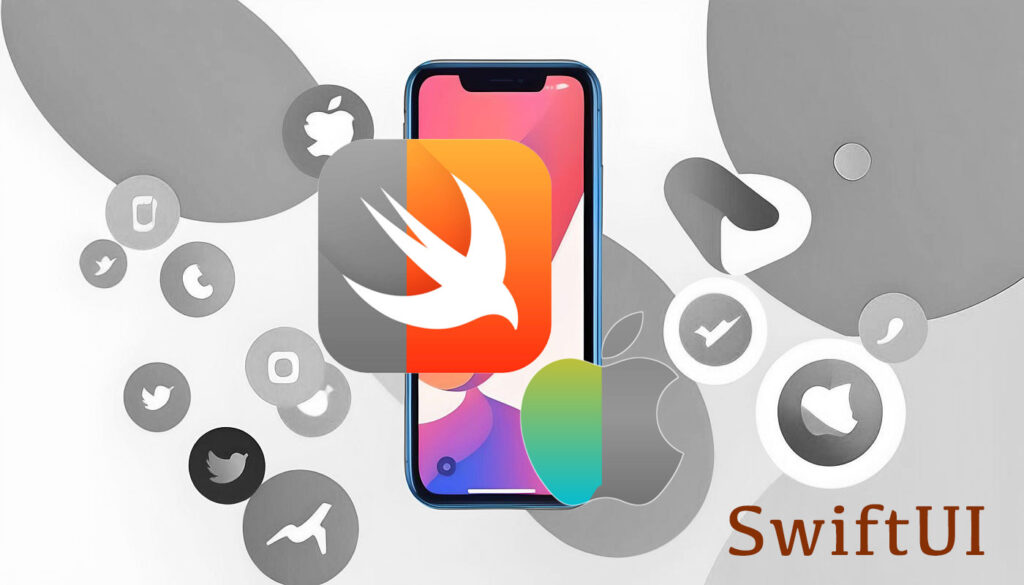Imperative vs Declarative UI: A Deep Dive into UIKit and SwiftUI
In the dynamic world of iOS development, understanding both Imperative UI and Declarative UI paradigms is essential for crafting efficient mobile applications. These approaches, represented by UIKit and SwiftUI respectively, showcase distinct philosophies in Swift programming and iOS UI design. UIKit’s imperative nature offers granular control through manual manipulation and explicit state management, utilizing Auto Layout for responsive interfaces. Conversely, SwiftUI introduces a declarative and reactive model, simplifying UI design with its state-driven approach and built-in responsiveness. While UIKit’s maturity makes it invaluable for complex scenarios, SwiftUI’s simplicity accelerates development for many common UI patterns. Proficiency in both frameworks equips developers with the versatility to leverage Auto Layout, manage state effectively, and create cutting-edge iOS applications that meet the evolving demands of the Apple ecosystem.
Imperative vs Declarative UI: A Deep Dive into UIKit and SwiftUI Read More »





